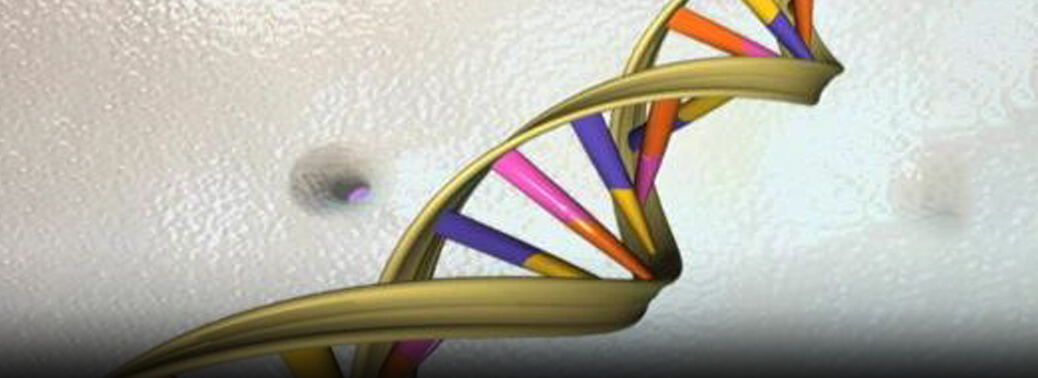GENOME SEQUENCING TO MAP POPULATION DIVERSITY
19, Apr 2019

Prelims level : Science and Technology
Mains level : GS-III L Awareness in the field of bio-technology
Why in News:
- Youths from the length and breadth of India have their genomes which was sequenced by the Council of Scientific and Industrial Research (CSIR). The project aims at educating a generation of students on the usefulness of genomics.
Details:
- A large sample of Indians have undertaken genome sequencing of a sample of their citizens to determine unique genetic traits, susceptibility and resilience to disease.
- A part of genome-sample collections is representative of the country’s population diversity. In this case, the bulk of them will be college students, both men and women, and pursuing degrees in the life sciences or biology.
- Genomes will be sequenced based on a blood sample and the scientists plan to hold at least 30 camps covering most States.
- Every person whose genomes are sequenced will be given a report and the participants would be told if they carry gene variants that make them less responsive to certain classes of medicines.
- Having a certain gene makes some people less responsive to clopidogrel, a key drug that prevents strokes and heart attack.
- The project involves the Hyderabad-based Centre for Cellular and Molecular Biology (CCMB).
- The project would prove India’s capabilities at executing whole-genome sequencing. The human genome has about 3.2 billion base pairs and just 10 years ago cost about 10,000 dollars. Now prices have fallen to a tenth.
- Ever since the human genome was first sequenced in 2003, it opened a fresh perspective on the link between disease and the unique genetic make-up of everyone.
- Nearly 10,000 diseases including cystic fibrosis, thalassemia are known to be the result of a single gene malfunctioning.
Genome Sequencing
- Genome sequencing is figuring out the order of DNA nucleotides, or bases, in a genome— the order of As, Cs, Gs, and Ts that make up an organism’s DNA. The human genome is made up of over 3 billion of these genetic letters.
- Today, DNA sequencing on a large scale—the scale necessary for ambitious projects such as sequencing an entire genome—is mostly done by high-tech machines. Much as your eye scans a sequence of letters to read a sentence, these machines “read” a sequence of DNA bases. Genome sequencing is often compared to “decoding,” but a sequence is still very much in code. In a sense, a genome sequence is simply a very long string of letters in a mysterious language.
Why is genome sequencing so important?
- Sequencing the genome is an important step towards understanding it.
- The genome sequence will represent a valuable shortcut, helping scientists find genes much more easily and quickly. A genome sequence does contain some clues about where genes are, even though scientists are just learning to interpret these clues.
- Scientists also hope that being able to study the entire genome sequence will help them understand how the genome as a whole works, how genes work together to direct the growth, development and maintenance of an entire organism.
How to sequence a genome?
- The whole genome can’t be sequenced all at once because available methods of DNA sequencing can only handle short stretches of DNA at a time.
- Instead, scientists must break the genome into small pieces, sequence the pieces, and then reassemble them in the proper order to arrive at the sequence of the whole genome. Much of the work involved in sequencing lies in putting together this giant biological jigsaw puzzle.
- There are two approaches to the task of cutting up the genome and putting it back together again. One strategy, known as the “clone-by-clone” approach, involves first breaking the genome up into relatively large chunks, called clones, about 150,000 base pairs (bp) long. Scientists use genome mapping techniques where in the genome each clone belongs. they cut each clone into smaller, overlapping pieces the right size for sequencing—about 500 BP each. Finally, they sequence the pieces and use the overlaps to reconstruct the sequence of the whole clone.
- The other strategy, called “whole-genome shotgun” method, involves breaking the genome up into small pieces, sequencing the pieces, and reassembling the pieces into the full genome sequence.






